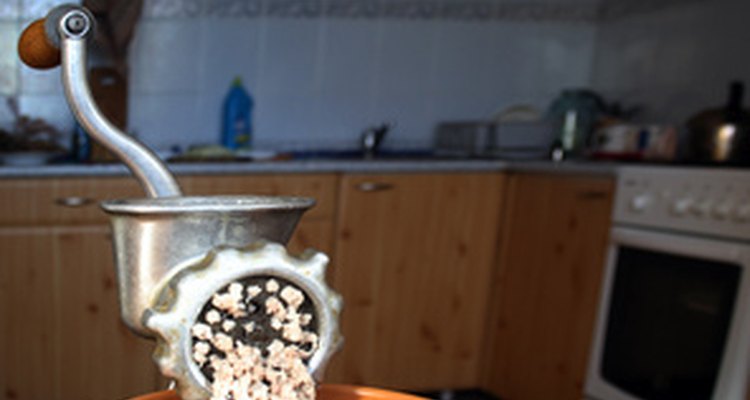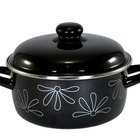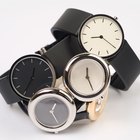
Food processing comprises the methods and techniques for manufacturing food products from raw ingredients. These products can range from wheat and flour products such as biscuits and cakes, to meat products such as hamburger patties and sausages, as well as bottled beverages such as sodas and beer. Food processing tools vary according to the product, but some tools are quite common in the food-processing industry.
Icer/Glazer
The icer (or glazer) is used for various small desserts and pastries such as doughnuts, cookies and cupcakes. It works by applying string and waterfall curtain types of icing on various panned and unpanned products. (Panned products are cake loaves and breads; unpanned products are individually made food items such as doughnuts and cookies.) The icer works by using a tank with double walls that agitates via a pump of variable frequency and filter assembly. An oscillating icing head used for producing string icing and an adjustable water trough for curtain icing are also part of the icer unit. The icer is easy to use, load and clean, as it has wheels enabling it to roll away from the conveyor. The conveyor itself passes in two parts through a wire mesh with catch pans and may or may not have a center belt section you can remove for smaller, unpanned products.
Meat Grinder
A meat grinder is a tool very useful for grinding or crushing meat, which results in a kind of meat paste (similar to ground beef) used for the manufacturing of meat products such as sausages and hot dogs. Meat grinders come in different varieties, including the hand grinder (rotated or cranked by hand) and the electric grinder that allows you to crush meat much more quickly. Typical electric meat grinders for commercial use can crush approximately 550 pounds of meat per hour. The housing of a meat grinder can be made of cast iron, stainless steel or plastic. In contrast to electric grinders, the hand-operated model attaches to a countertop with a screw and clamp, whereas the electric meat grinder is freestanding. The electric meat grinder has roller bearings, a motor housing, a meat pan, a heavy-duty handle for easy moving, a motor, a meat stomper (the rotating blade that cuts through the meat), stuffing, fine and coarse plates (perforated cutting disks allowing you to choose the level of crushing) and stuffing tubes.
Oven Systems
You can find ovens in most homes, and they are essential components in the food-processing industry as well. Oven systems uniformly cook products at faster rates with higher yields and maximum safety. These industrial ovens provide repeatable and uniform cooking with their different components such as fans, nozzles, heating elements, conveyor supports and casings, all engineered to provide a consistent temperature across the entire width of the conveyor. You can subdivide oven systems into different kinds, including twin-drum spiral ovens with cylindrical designs that circulate air in a 360-degree pattern. Another type of oven system is the multipurpose oven, which increases cooking parameters for a variety of products such as poultry, beef, pork, seafood, vegetable and filled products.
Related Articles

What Is the Difference Between a ...

How to Use a Universal No. 2 Meat ...

Types of Velcro

What Types of Foam Can Be Recycled?

Shank Ham Cooking Directions

How to Defrizz a Wig Without Washing It

How to Cook Meatloaf Fast

The Manufacturing Process of a Watch

Can You Bake Sliders?
How to Cook Prime Rib on an Electric ...

Can I Cook Gyro Meat on a Rotisserie?

How to Cook Jack Daniel's Pulled Beef

How to Bake Fresh String Beans in the ...

How to Rotisserie Cook Without a ...

How to Cook Prime Rib Using an Oven ...

The Best Cake and Cupcake Tools and ...

Do You Thaw Hamburger Patties Before ...

Does a Roaster Oven Cook Faster Than ...

How to Cook Turkey Bratwurst in the Oven
How to Cook on an Electric Rotisserie